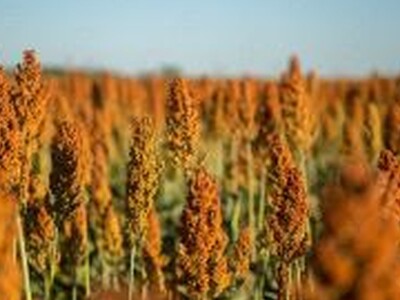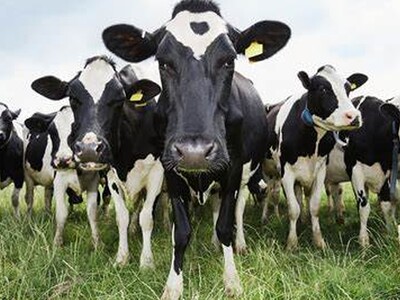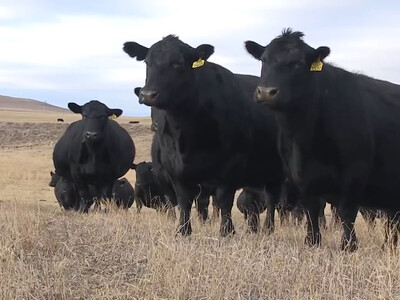Establish Solid Strategy for Fall-Applied Herbicides
Wheat growers need a solid strategy to manage weeds and maximize yield after they plant winter wheat this season. An effective fall weed control program includes a clean seedbed, a comprehensive scouting plan and timely herbicide application.Much of the yield potential of wheat is determined in the first two months of growth, says Abe Smith, Dow AgroSciences Market Development Specialist. A clean seedbed allows growers to manage weeds early in the season, before they compete with the crop.
Smith: “Once wheat is in the ground, you have to buy as much time as possible, which can be done with the early elimination of weed pressure.”
Every field is unique. Scout for weeds year-round to help target problematic species.
Smith: “Cool-season grasses and broadleaf weeds, such as mustard species, are common threats to winter wheat. These weeds are managed differently, which means that proper identification is important for successful control.”
After selecting a herbicide program, proper timing is key to weed control. In general, the ideal time for herbicide application is in the two- to three-leaf weed stage, about 45 days after planting for most herbicides, including Dow AgroSciences’ PowerFlex HL herbicide. Before making an application, make sure the winter wheat crop is past the three-leaf stage of growth to ensure a safe and effective application.
Smith: “The quicker you get on weeds, the easier the crop breaks away from competitive pressure. We can use a lot of products outside of that application window, but it becomes more of an aesthetic control. By then, you’ve already lost the fight.”














